10 Treatments for an Ingrown Toenail
An ingrown toenail can be a very painful experience. If you are suffering from this condition, there is no need to worry. There are many treatments available that can help get rid of the pain and discomfort. In this blog post, we will discuss 10 of the most popular treatments for an ingrown toenail.
Soak in Warm Water
One simple and effective treatment is to soak your toe in warm water. The water helps to soften the skin and reduce inflammation. It also allows you to more easily trim the nail and remove any debris that may be caught under the nail. Soaking your toe for 15-20 minutes a day can help relieve pain and speed up the healing process.
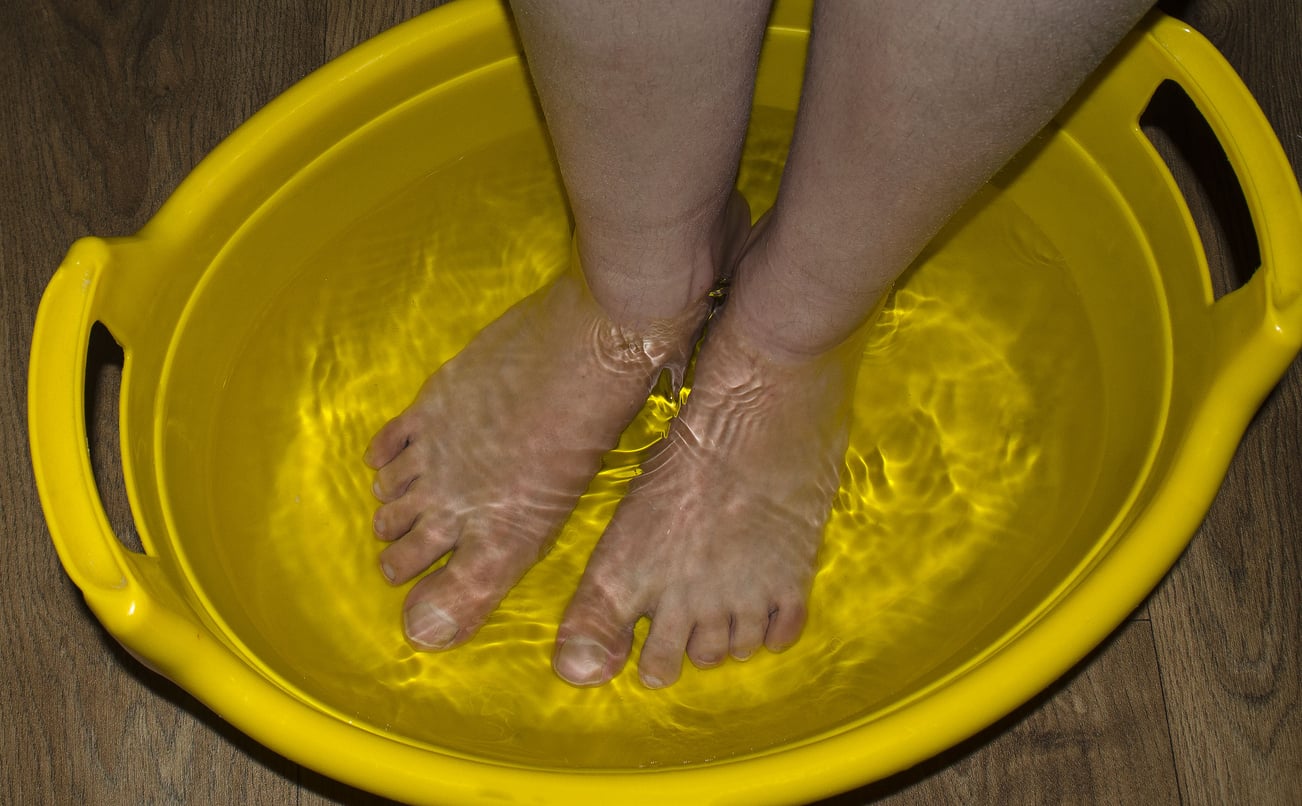
Clean with Alcohol
This method is easy, painless and cheap. It will take a little time depending on the severity of your ingrown toenail. You will need a small container big enough for your toe, some alcohol and cotton balls. Fill the container with alcohol and soak your toe for 30 minutes then dry it off. Repeat this two more times a day for three days. The alcohol will help kill the bacteria that is causing the infection and help the nail grow out.
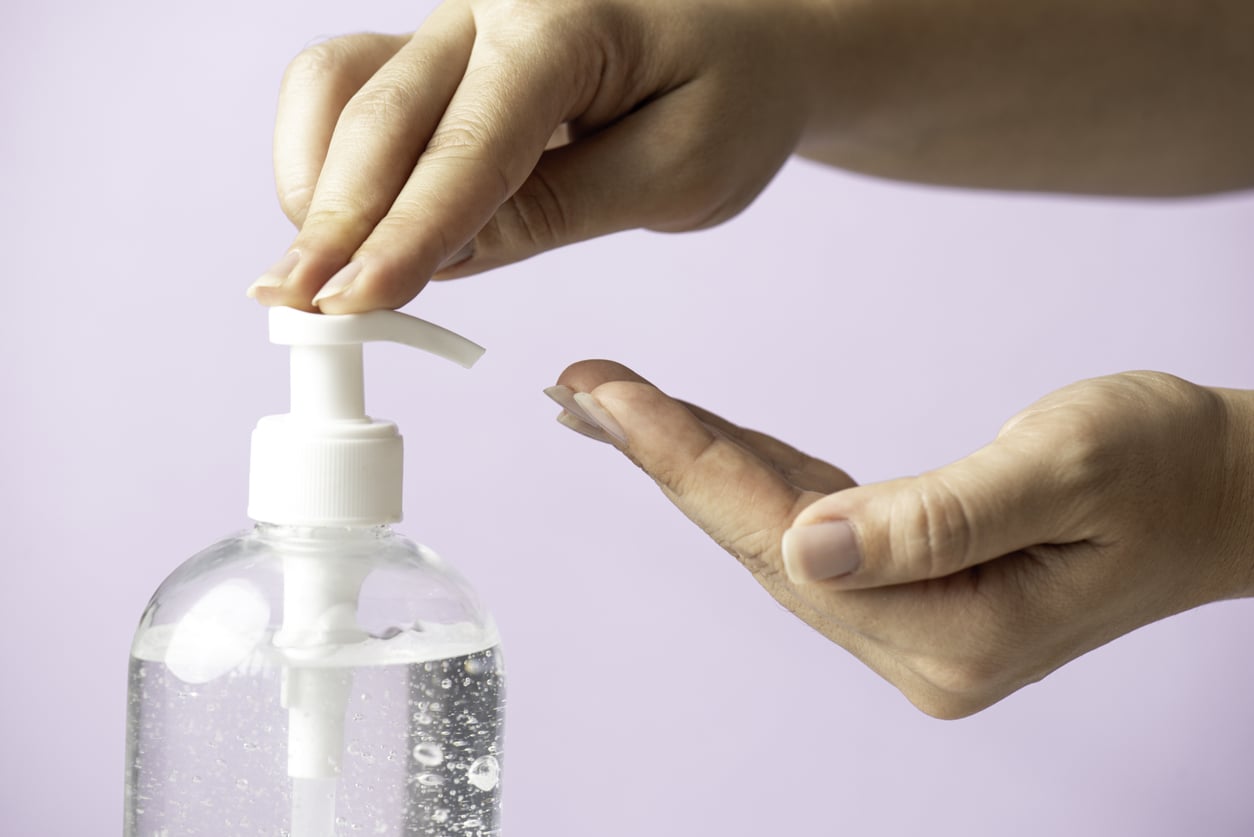
Cotton or Floss Under the Nail
This method involves placing a small piece of cotton or floss under the affected nail and then securing it in place with a bandage. The cotton or floss will help to keep the nail from digging into the flesh and allow the toe to heal. You may need to change the cotton or floss every few days, and it may take several weeks for the toe to heal completely. However, this home remedy can be an effective way to treat an ingrown toenail.
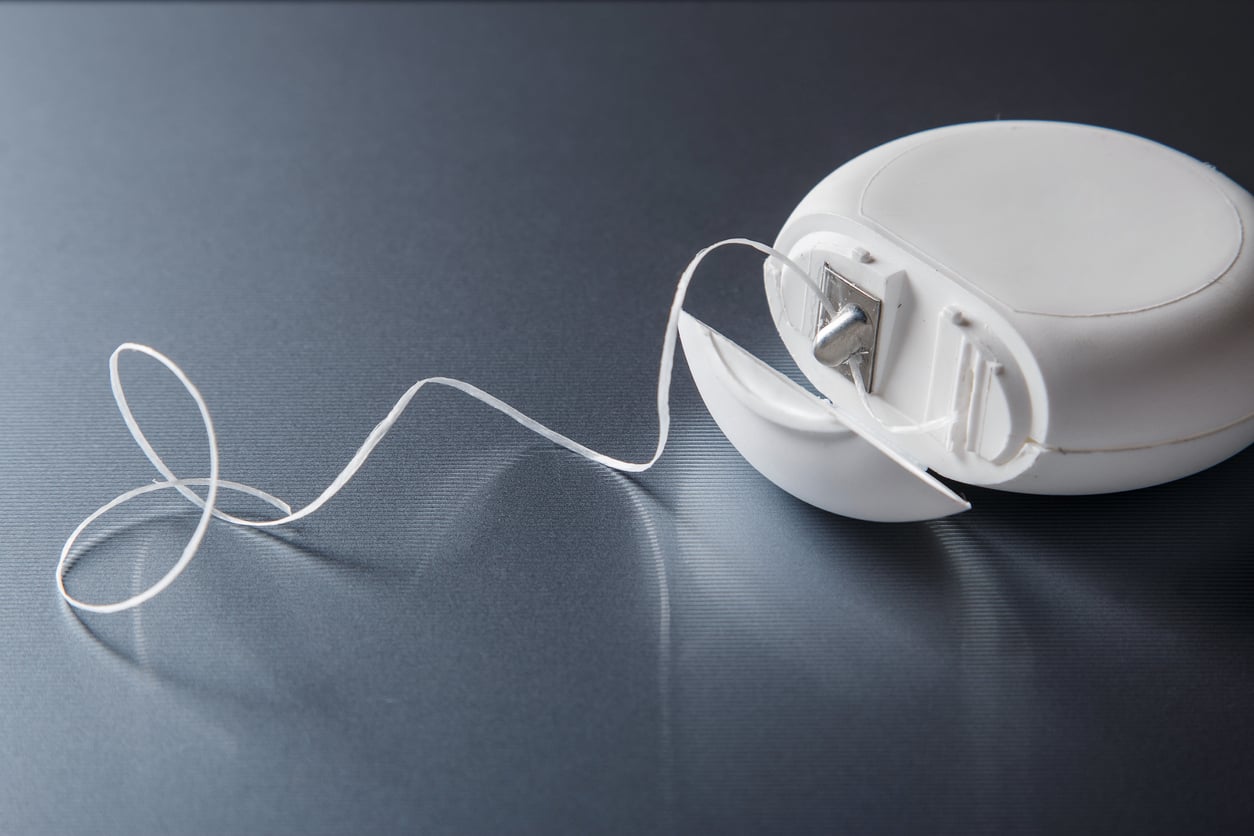
Soak in Apple Cider Vinegar
Soaking your feet in a warm bath is one of the most relaxing things you can do after a long day. But did you know that adding apple cider vinegar to your foot bath can also help to treat an ingrown toenail? The acidic nature of apple cider vinegar helps to kill bacteria and break down the dead skin cells that can contribute to an ingrown toenail. In addition, the vinegar helps to reduce swelling and inflammation. To use this treatment, simply add half a cup of apple cider vinegar to a tub of warm water and soak your feet for 20 minutes. Do this twice a day until your ingrown toenail improves.

Apply Ointment
Ointments like Polysporin or Neosporin can help to soothe pain and inflammation while also promoting healing. Apply a small amount of ointment to the affected area, being careful not to get any on the surrounding skin. You may need to reapply the ointment several times a day, but within a few days you should notice a significant improvement in your symptoms.
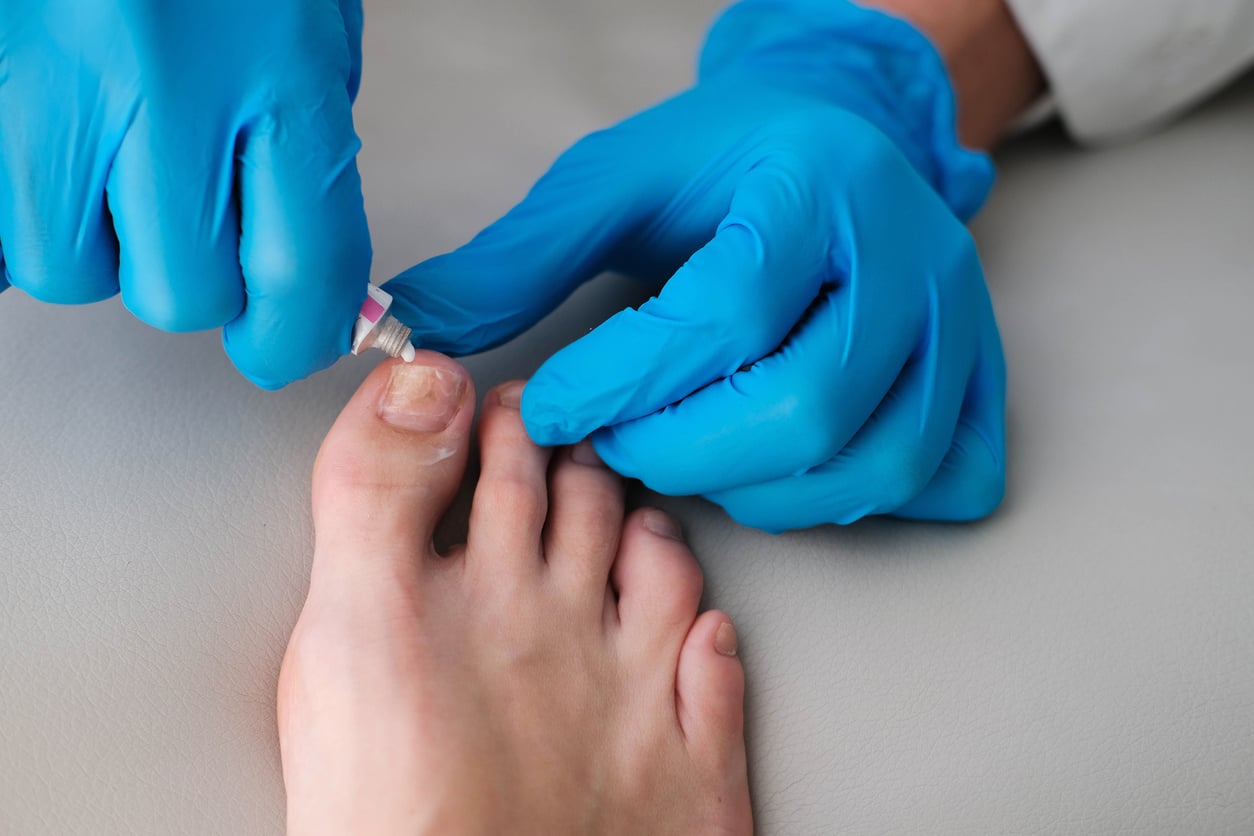
Avoid Wearing Tight Shoes
This helps to reduce pressure on the toe, and can also prevent further irritation. In some cases, it may also be necessary to soak the foot in warm water or place a cotton ball soaked in vinegar on the affected area.
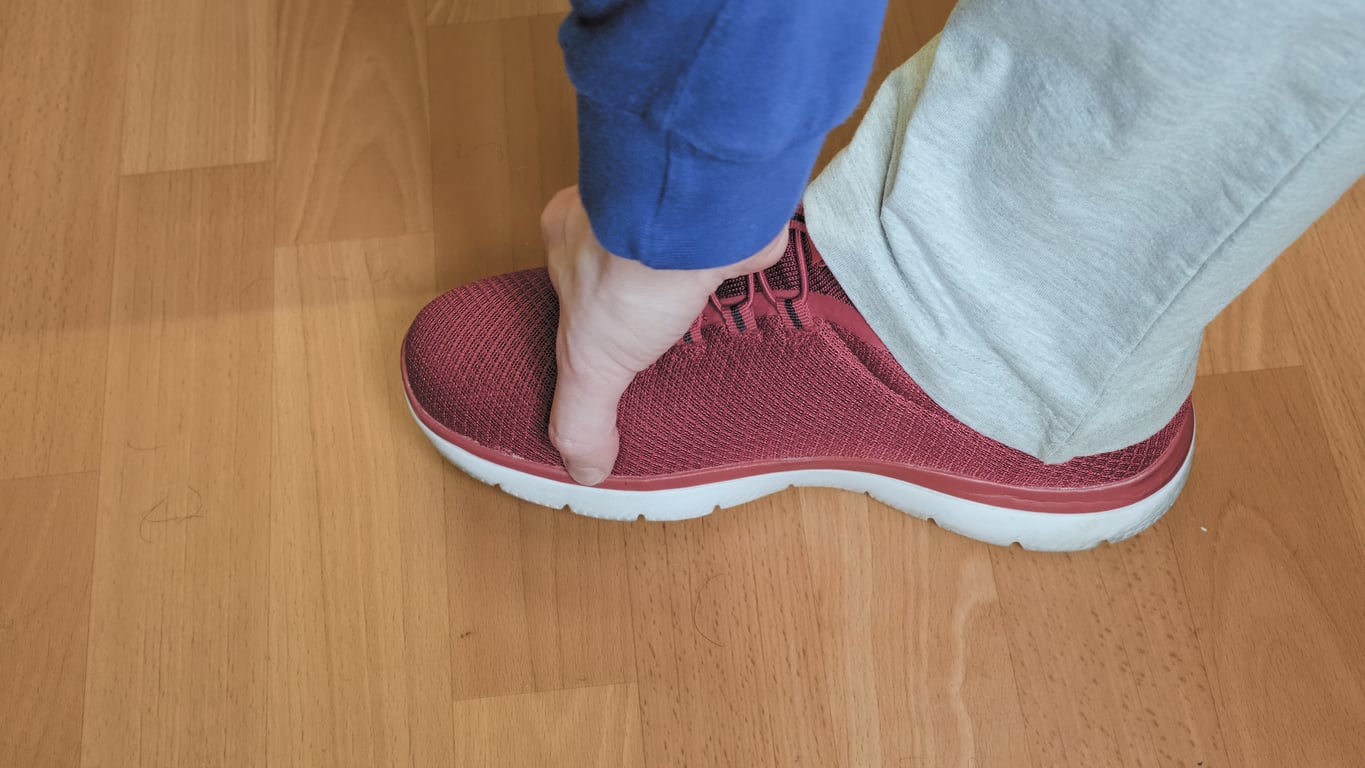
Take a Pain Reliever
One of the simplest treatments for an ingrown toenail is to take a pain reliever such as ibuprofen or aspirin. This will help to reduce inflammation and pain.

Take an Oral Antibiotic
If you have an ingrown toenail, your doctor may recommend treatment with an oral antibiotic. These medications can help to clear the infection and reduce inflammation. In most cases, oral antibiotics are taken for 7-10 days. Some common side effects include nausea, diarrhea, and yeast infections. If you experience any of these side effects, be sure to contact your doctor.
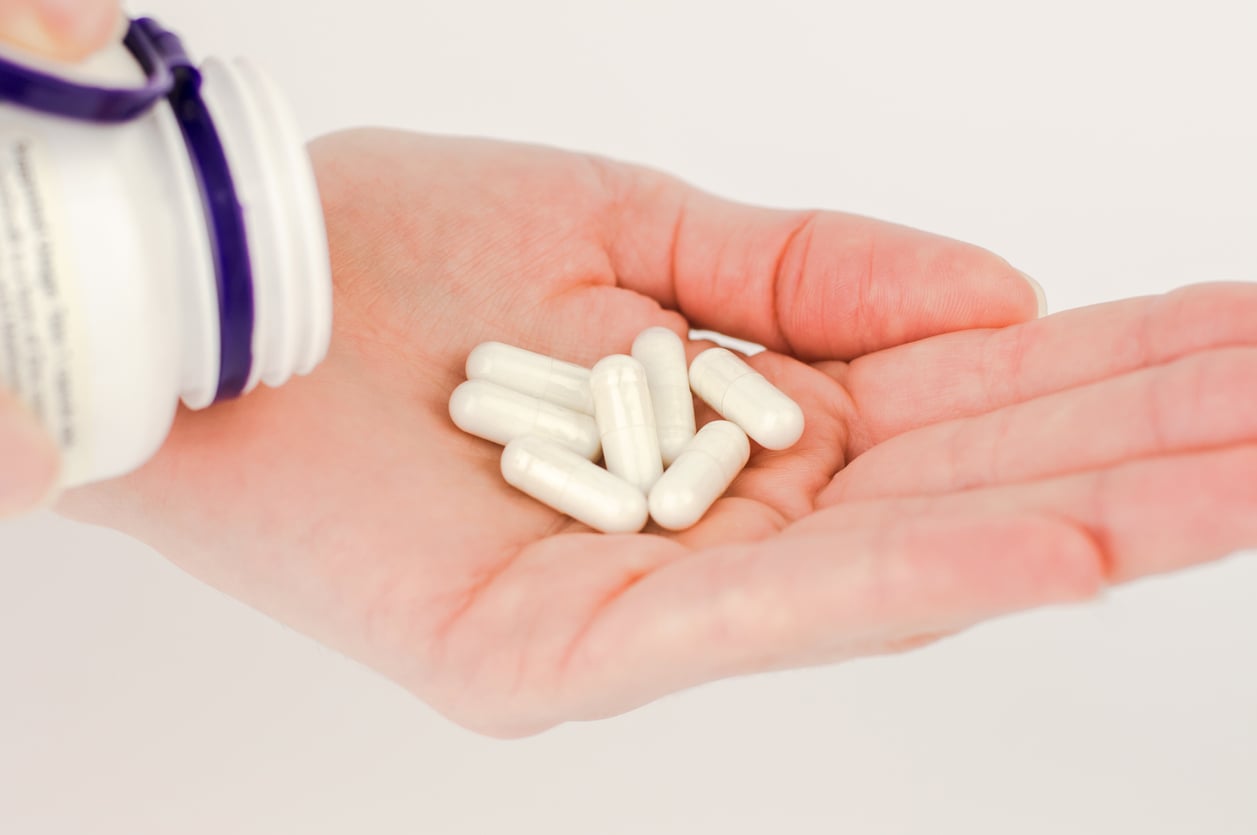
Partial Toenail Removal
If you have an ingrown toenail, you may be considering partial toenail removal as a treatment option. This involves removing a portion of the toenail, usually the side of the nail that is growing into the skin. This can help to reduce pain and pressure on the toe, and can also allow the nail to grow back properly. Partial toenail removal is usually a relatively quick and easy procedure, and can often be done in a doctor's office. In some cases, however, it may be necessary to have the procedure done in a hospital setting. If you are considering partial toenail removal as a treatment for an ingrown toenail, talk to your doctor about the risks and benefits of this procedure.
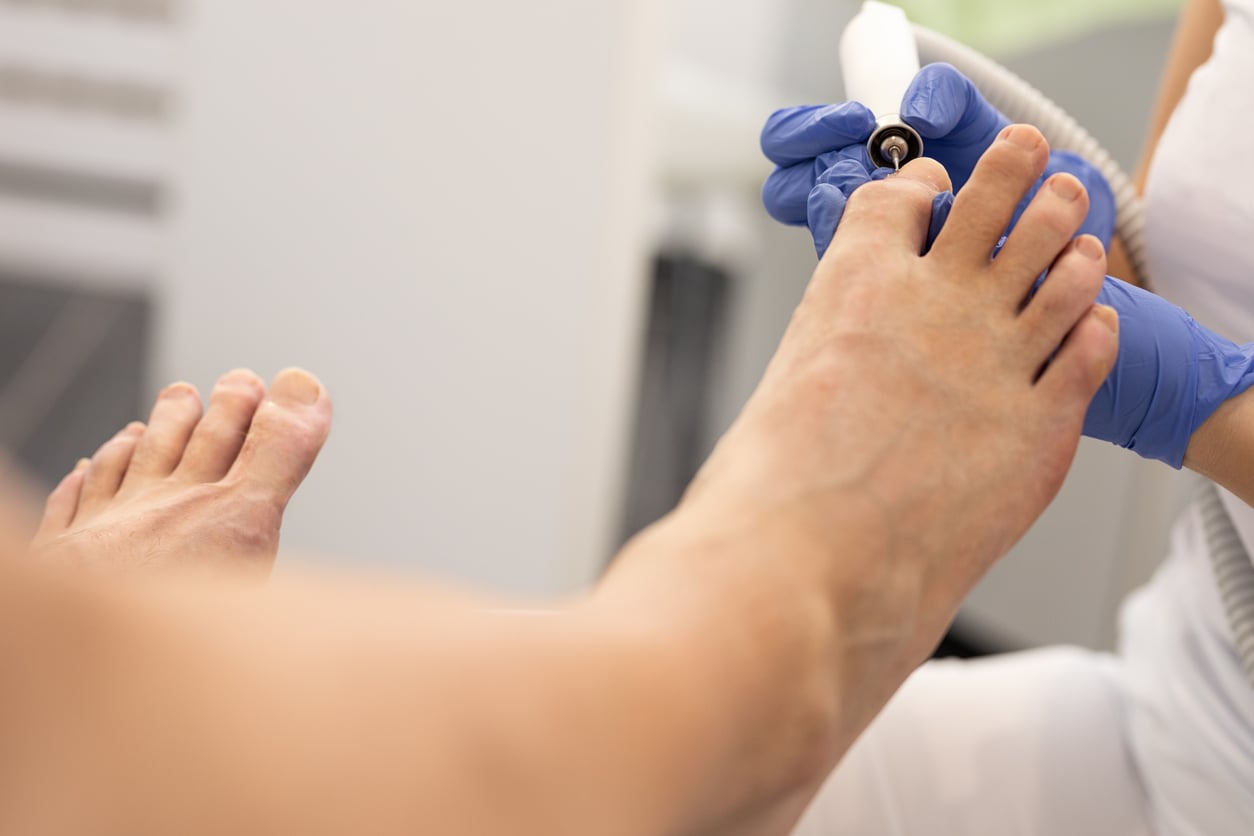
Complete Toenail Removal
While there are several conservative treatments available, complete toenail removal is often the most effective option. This procedure involves removing the entire toenail, including the root. While this may sound extreme, it is usually a quick and straightforward procedure that provides immediate relief. In addition, it helps to prevent the toenail from growing back in incorrectly. As a result, complete toenail removal is often the best option for treating an ingrown toenail.




